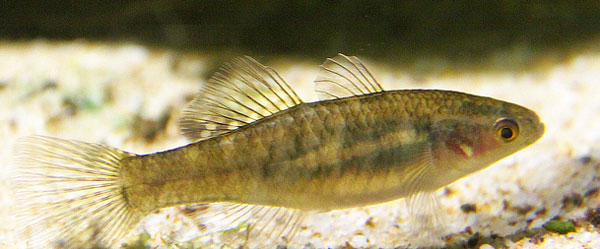New-ISH on the Block: Introduction to RNAscope®
RNAscope is a new method of quantitative RNA in situ-hybridization that has taken laboratories by storm. Learn advantages over traditional techniques and how RNAscope works in this introduction article.




